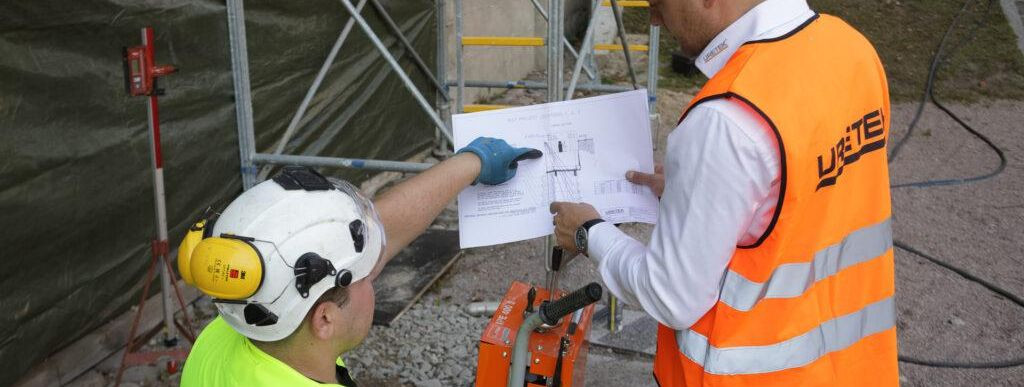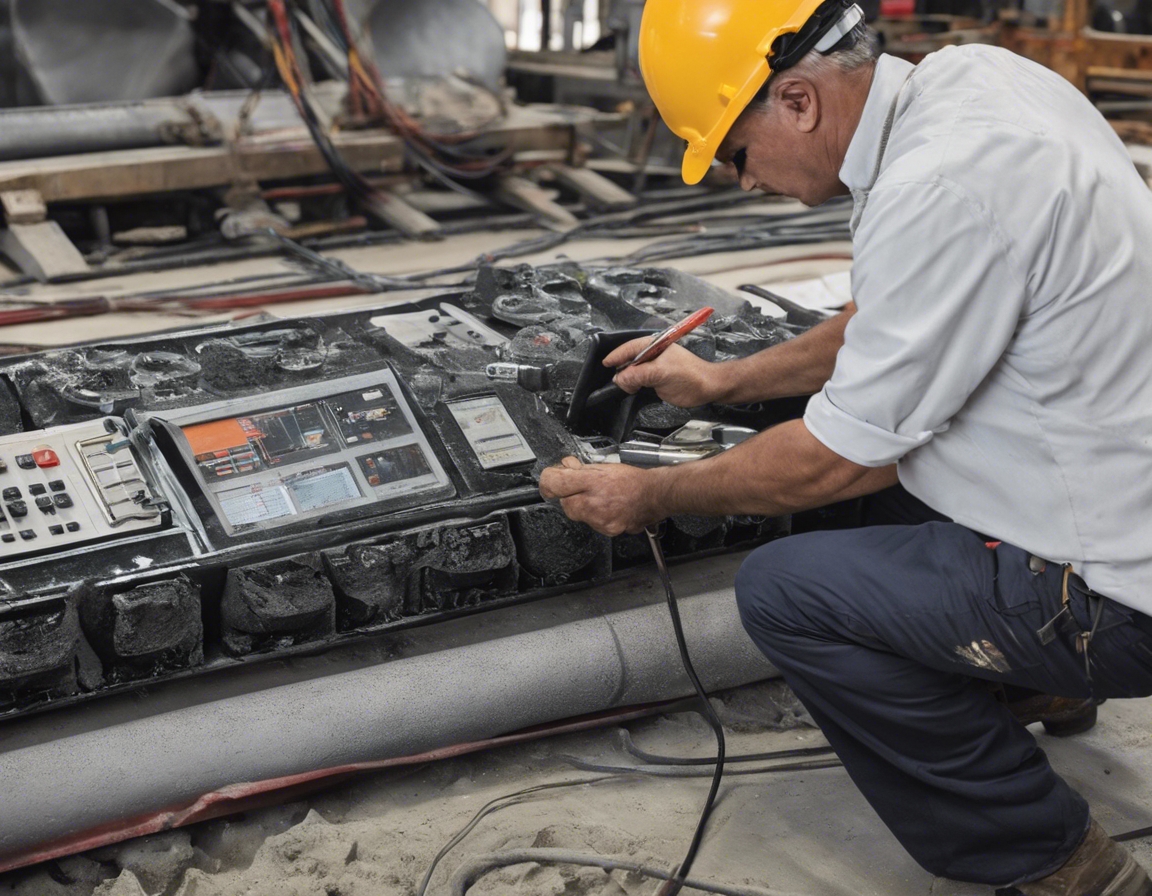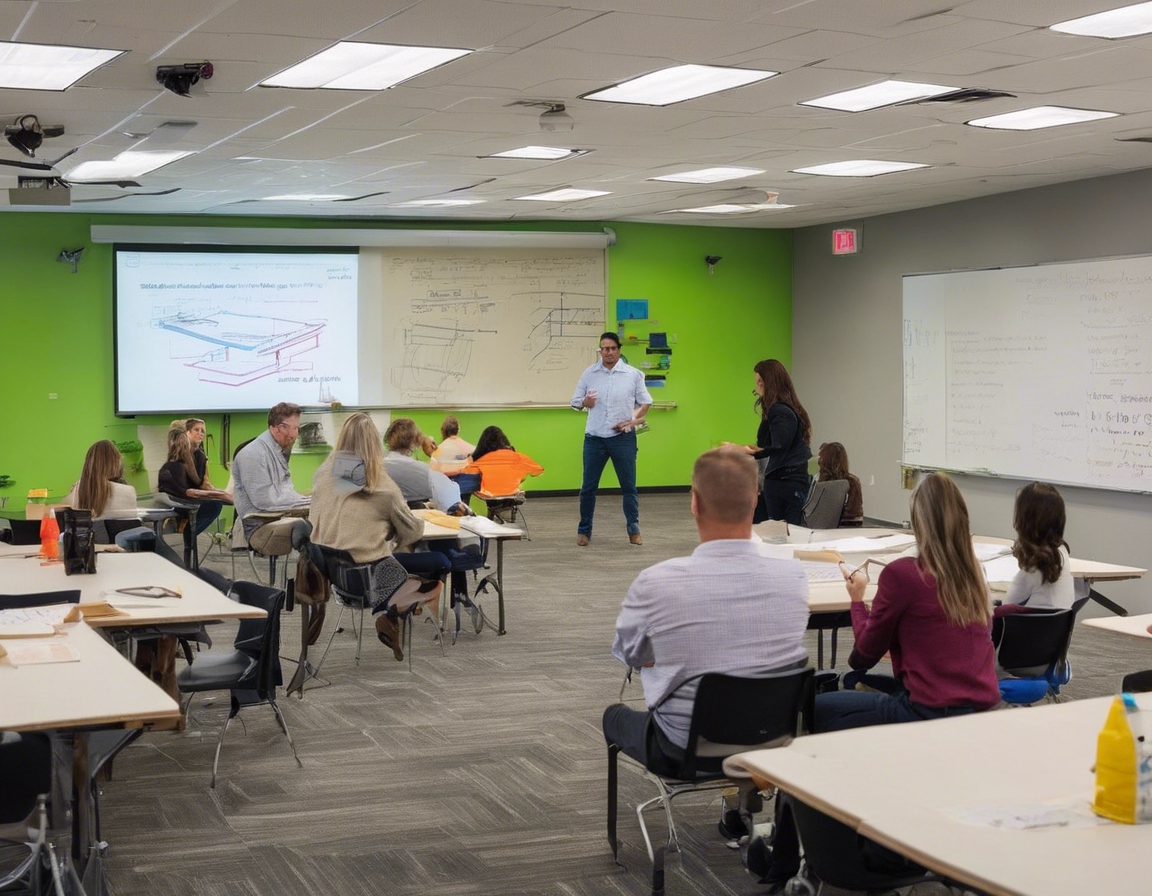How geopolymer technology is changing the game in construction
Geopolymer technology represents a pioneering class of inorganic polymers synthesized from aluminosilicate materials. These geopolymers are formed through a chemical reaction that occurs between an alkaline liquid and source materials rich in silica and alumina. The result is a material with a molecular structure similar to natural zeolitic frameworks, which offers exceptional mechanical properties and durability.
Since its inception in the 1950s, geopolymer technology has undergone significant development. Initially explored as a material for high-temperature applications, its potential in the construction industry was quickly recognized. Over the decades, research and development have expanded its applications and improved its performance, making it a viable alternative to traditional construction materials.
The Benefits of Geopolymer Technology in Construction
Geopolymers exhibit superior resistance to many of the factors that contribute to the degradation of conventional concrete, such as corrosion, acid attack, and fire. This enhanced durability translates into longer-lasting structures and reduced maintenance costs over time.
One of the most compelling reasons for the adoption of geopolymer technology in construction is its reduced carbon footprint. Geopolymers can be produced using industrial by-products such as fly ash and slag, which not only diverts waste from landfills but also requires less energy to manufacture compared to Portland cement.
The use of geopolymers can lead to cost savings in the long run due to their longevity and reduced need for repairs. Additionally, the utilization of waste materials in their production can result in lower raw material costs.
Geopolymer Applications in Construction
Geopolymers are increasingly being used in large-scale infrastructure projects, including roads, bridges, and railways. Their ability to withstand harsh environmental conditions makes them particularly suitable for these applications.
The gentle processing conditions and compatibility with ancient materials make geopolymers an excellent choice for the restoration of historical buildings. They can be customized to match the original materials, ensuring the structural integrity and aesthetic continuity of heritage sites.
In the residential and commercial sectors, geopolymers offer an eco-friendly alternative to traditional concrete. They provide builders with a sustainable choice that does not compromise on quality or performance.
Challenges and Considerations
Despite the advantages, the widespread adoption of geopolymer technology faces hurdles such as regulatory standards and industry skepticism. Overcoming these challenges requires education and demonstration of the material's capabilities.
There are also technical challenges to address, such as the need for specialized equipment and the development of standardized testing methods for geopolymer materials.
The Future of Geopolymer Technology
Continued innovation and research are essential for advancing geopolymer technology. Efforts are focused on enhancing the material's properties, expanding its applications, and making it more cost-effective.
The market for geopolymer technology is poised for growth as industries seek more sustainable and durable building materials. Its adoption is expected to accelerate as the benefits become more widely recognized and as environmental regulations become more stringent.






Comments (0)